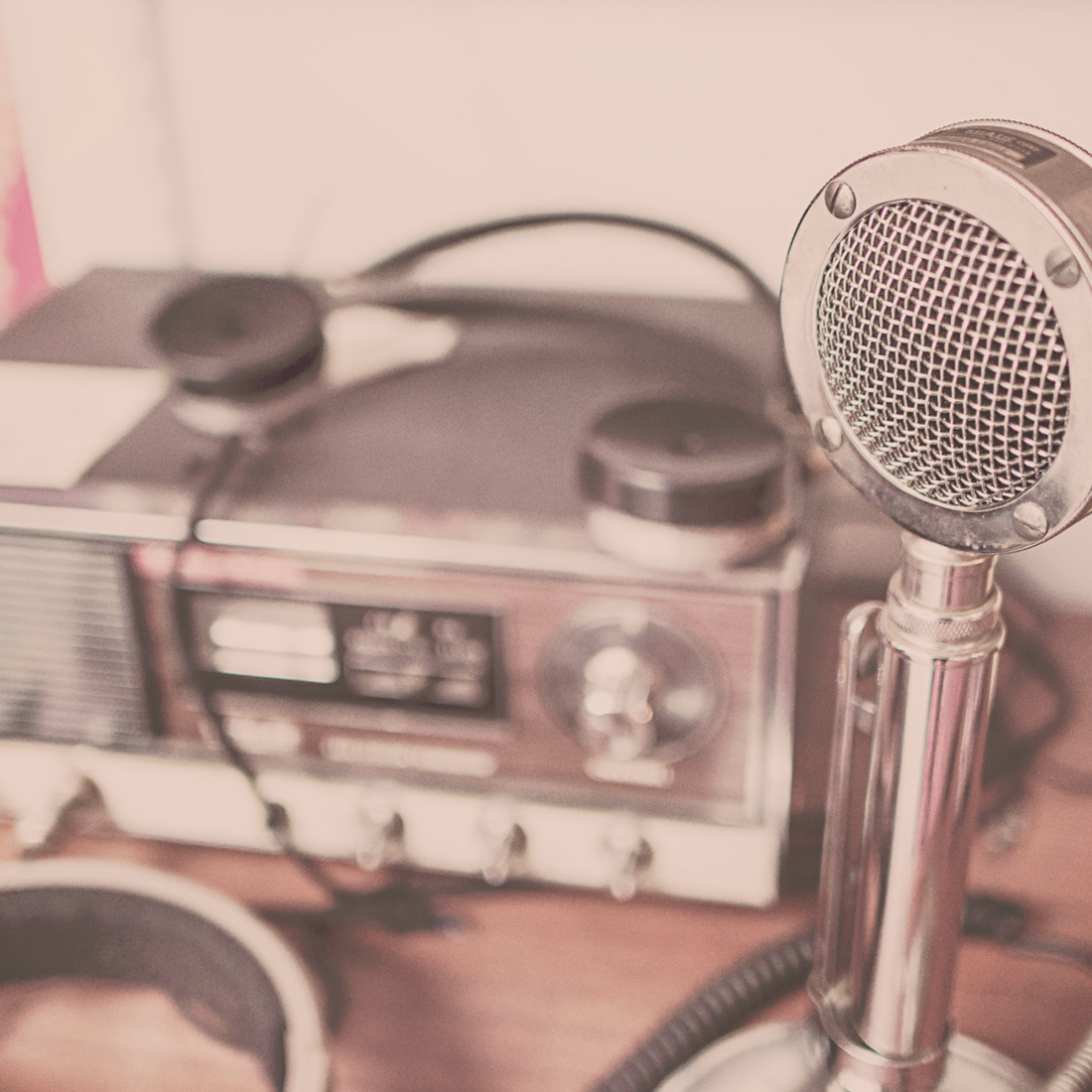Written: March 18, 2014
Published: January 10, 2017
© All Rights Reserved
I agree with Lowery and DeFleur’s premise that the radio broadcast of “Mercury Theatre on the Air” was one of the most notable media events ever thought of. I also agree that radio broadcasting can have a dynamic impact on audiences. Even more interesting, is the fact that this radio broadcast actually sparked panic behavior. Let’s not forget that there aren’t many events in communication history that caused millions of people to believe one of the biggest American supernatural fallacies—aliens invading earth. This was skilled manipulation at best.
The first reason this radio broadcast had a dynamic impact: it evoked pathos by appealing to the fear of death. In the real word, there’s no such thing as martians. And anyone who actually believes that martians would invade earth and kills us might be labeled as “a wacko” among friends and family. But, this radio broadcast turned a fallacy into a reality, causing an actual panic frenzy. The broadcast did a good job of this by falsely selecting victims of meteorite attacks. Simply put, the act of fear mongering rings true here. Susan Moeller, a writer for Huffington Post discusses the impact of fear mongering and victim selection in general:
“The crises that receive a disproportionate amount of attention are those that are novel, violent and intense--and that not only threaten the media audience but appear to select victims at random...The public is fearful of the unknown...and so watches or listens or reads those stories with a frisson of both trepidation and excitement.”
The second reason I agree with the author's’ reasoning that the broadcast was remarkable: it used ethos as an advantage in two ways. First, by ignoring any evidence that aliens weren’t invading the earth. And second, by anchoring expert testimony. In the real world, the media uses expert testimony from professors, generals, and secretaries to influence audience opinion, just like the broadcast did. Although the expert testimony in the broadcast was fictitious, Lowery and DeFleur highlighted that it gave the broadcast credibility. This is as close to the truth as it gets.
An article by Dr. Samuel Lopez, a psychotherapist and psychology professor, also agrees that including experts can manipulate audiences. From a first-person stance, he writes: “We can handpick the majority of our experts that will agree with us.” Similar to Dr. Lopez’s perspective, the broadcast created a list of experts that agreed with the notion that aliens were invading earth. In this way, these experts helped to confirm the invasion.
All in all, there’s no denying that the audience’s reaction to “Mercury Theatre on Air” was a remarkable milestone in media history. In essence, it solidified the dynamic impact of radio broadcasting, mass media, and media manipulation in society.
Sources:
- This essay is a response to "Milestones in Mass Communications Research: Media Effects" by Shearon A. Lowery and Melvin L. DeFleur
- Moeller, Susan. “Media Literacy 101: How to Detect Fear-Mongering -- Pakistani Nukes & Swine Flu.” Huffingtonpost.com. Huffington Post, 4 May 2009. Web. 12 March 2014.
- Lopez De Victoria, Samuel. “Media Manipulation of the Masses: How the Media Psychologically Manipulates.” Psychcentral.com. Psych Central. 25 Feb. 2012. Web. 12 March 2014.
